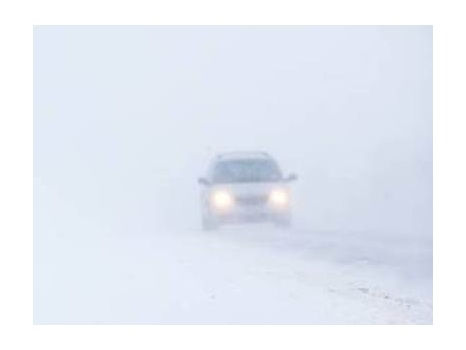WARC Audio Ad Inequity Study Seen As ‘Milestone.’ Will It Bridge The Gap?
- Inside Audio Marketing

- Oct 4, 2021
- 3 min read

Is audio poised for a second look by agencies and brands that have under-invested in the medium or flat-out ignored it? After respected research firm WARC revealed a massive gap between audio usage and ad spending, the answer appears to be yes. “The study’s finding can – and should – cause more brands and agencies to at least pause, and take another look at audio’s potential to help deliver better business results,” says Bernie Shimkus, VP, Director of Insights at agency Harmelin Media.
While not surprised the gap exits, many were stunned by its size: audio captures 31% of media consumption but just 9% of ad spend. “As an agency that has long realized the value that audio advertising can bring to our local market clients, I find that figure a bit surprising – as well as disappointing,” says Shimkus.
‘Milestone’ Study
Calling the study “a milestone,” Cumulus Media Chief Insights Officer Pierre Bouvard suggested it could have a major impact. He compares it to when Nielsen, after acquiring Arbitron, produced a trove of ROI studies showing that every dollar spent on radio produces $10 in incremental sales. That was “the shot heard around the world” and the new WARC study could have the same impact, Bouvard says.
The difference between then and now is that radio, using the Nielsen Media Impact planning tool, can now show ad buyers what the impact would be if they add radio to the media mix. Typically it shows “huge lift in incremental reach and affordable CPM,” Bouvard says.
That type of analysis is what helped bring Procter & Gamble back to radio four years ago.
The WARC study, first reported by Inside Radio, revealed a meaningful opportunity for brands to market in a channel where there is less competition for consumer attention – as opposed to online display, linear TV and online video where brands have to fight much harder for that audience's attention. “In today’s competitive and cluttered ad environment, it is critical for brands and their agency partners to develop or find opportunities to break through and engage with their target audiences in a meaningful way,” says Shimkus. “Media consumption has become much more personalized with the variety of platforms available to users, and expectations are growing that advertising should be just as ‘personalized’ or relevant as well.”
Brad Kelly, Managing Director at Nielsen Audio, says the WARC findings came as no surprise to anyone at Nielsen since brands have been underestimating the consumption and impact of audio for years. “The key difference now is the analytics being developed for advertisers to better understand the opportunity with audio,” he says. “It’s been a slow realization, but advertisers will see the path forward. The economics will inevitably dictate it. They build bridges for gaps like this.”
Large gaps between consumption and ad investment aren’t new. It wasn’t that long ago that digital media spend lagged far behind usage. Getting to parity takes time. “The WARC study will get people to say, ‘Let's, look at a bigger share for audio,’” Bouvard predicts “Are we going to go to the 31% overnight? No. But maybe we should do 10 or 15 or 20.”
Better Ad Measurement Needed
Getting there will also require better measurement, experts say. “The biggest obstacle for audio to overcome has to do with measurement – doing a better job of demonstrating the channel’s effectiveness to drive business results in whatever way is required,” says Shimkus. He points to the need for “better and more timely data” to feed into the complex media mix models used by media planners to allocate ad spend. Radio also needs to do a better job quantifying its impact on upper funnel awareness and consideration metrics, and its effect on foot traffic and website visits for retailers, he adds.
The study has already captured the attention of some in the investment community. In a note to investors, B. Riley Securities analyst Daniel Day wrote, “Expect ad spend tailwinds as the ‘audio investment gap’ closes.”
iHeartMedia, which commissioned the study, is doing its part to spread the word. Last week it ran pop-up ads on AdAge.com with bar graphs showing the spending gap and the message, “Right Size Your Audio Ad Spend with iHeart Media.” Greg Ashlock, CEO of the company’s Multi-Platform Group, told marketers at the AudioCon online conference last month that they should follow consumer behavior. “It's time for advertisers to spend their budgets the way their clients and their customers are spending their time,” he said. “You, as a marketing leader, are going to have to make a very deliberate, intentional decision with your team. It's time to right size your media mix.”




Comments